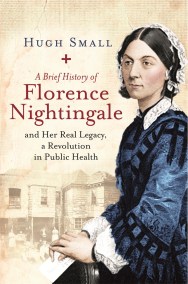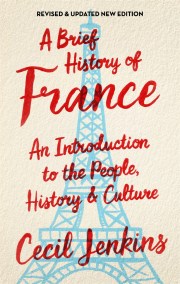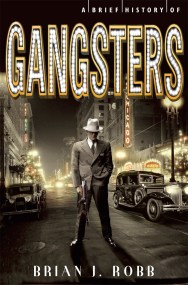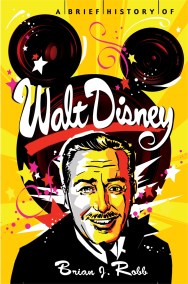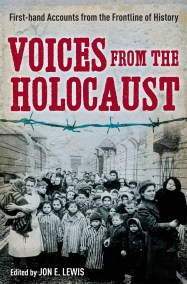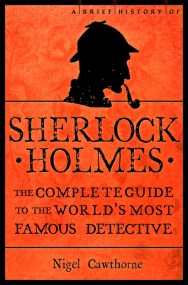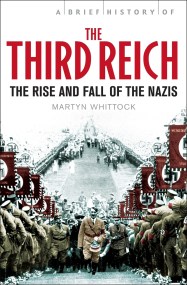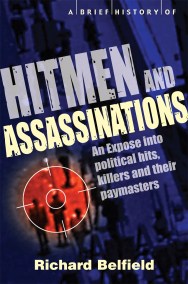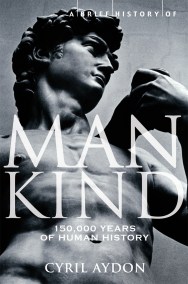In September 1854, the armies of Britain, France and Turkey invaded Russia. In the months that followed over half a million soldiers fell. They died from bullet wounds and shrapnel, cholera and disease, starvation and freezing. The Crimean War was a medieval conflict fought in a modern age. But what is rarely appreciated, and what this historical examination shows, is that this extraordinary and costly struggle was fought not only in the Crimea, but also along the Danube, in the Arctic Ocean, in the Baltic and Pacific. Few wars in history reveal greater confusion of purpose or have had richer unintended consequences. Much has been written about this most senseless of wars and this new history does not aim to cover old ground. Instead, it traces the war’s causes and sketches a vivid picture of the age which made it possible, up until the moment of the Allies’ departure for the Crimea. Woven together with developments in diplomacy, trade and nationalistic expression are descriptions of the Russian, Turkish and British armies and the principals of the drama – Napoleon III, Marshal St Arnaud, Lord Raglan, the great Russian engineer Todleban, Florence Nightingale, Nicholas I and his magnificently terrible Russian empire.
Newsletter Signup
By clicking ‘Sign Up,’ I acknowledge that I have read and agree to Hachette Book Group’s Privacy Policy and Terms of Use













